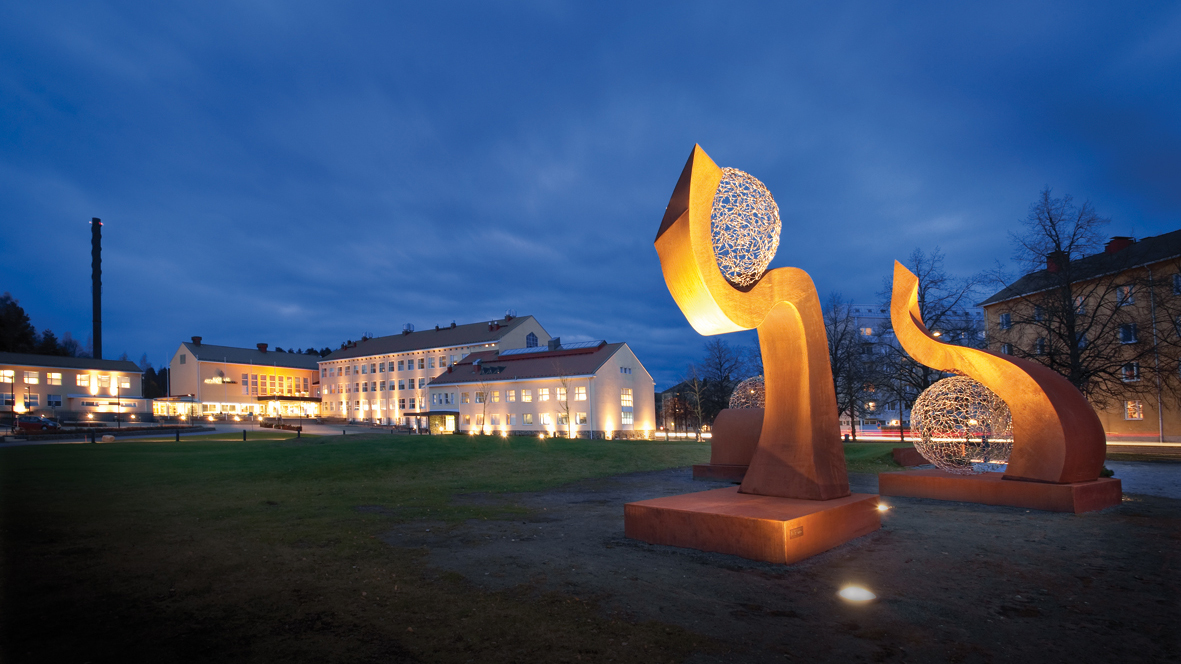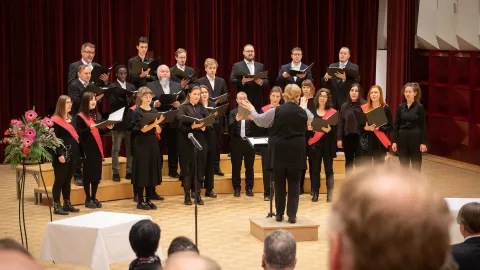If the University Board and the City Board end up to agree on starting the clarification with a letter of intent, the University of Jyväskylä, the City of Jyväskylä and Jamk University of Applied Sciences will start to clarify if it would be possible to form a higher education group. The purpose is to take the letter of intent for processing to the Board of the University of Jyväskylä and the Jyväskylä City Board on 10 February 2025, and to the Jyväskylä City Council meeting of 17 February 2025.
Currently the main owner of Jamk is the City of Jyväskylä with the share of 90%. Other owners are the City of Jämsä with the share of 5% and the Vocational Education Institute of Northern Central Finland (POKE) with the share of 5%.
In the evening session, the matter was presented so that in the first phase it would be possible to sell a significant minority share (30–35%) of Jamk to the University of Jyväskylä. The preliminary clarification would also find out in which terms Jamk could move from the city group to the University of Jyväskylä group later in the agreement period 2025–2028. If realised, the University of Jyväskylä would own more than 50% of Jamk shares after the move. In the evening sessions, the City of Jyväskylä expressed its strong will to remain a significant owner of Jamk (ownership of at least 35%) even if rearrangements in ownership would be made during the agreement period.
According to the targeted schedule, actual decisions on possible ownership changes will be made based on the clarification by the end of June 2025.
The universities and the city make preparations together
The preparations are made as a collaboration of the higher education institutions and the city. The aim is to ensure that Jyväskylä, which is known as a city of strong education, will remain vital and attractive also in the future.
“The success of higher education institutions is a key factor for the growth and attractiveness of the city,” says Mayor Timo Koivisto. “It is in the interest of the city that we have top-level university and university of applied sciences also in the future so that we can attract students from all over Finland and conduct cutting-edge research and applied research that benefit companies. This is not self-evident as the age groups for higher education start to diminish after 2030.”
“With more strategic cooperation of higher education institutions in Jyväskylä, we can gain significant benefits for education, research and the region,” says Jari Ojala, the rector of the University of Jyväskylä. “Together with Jamk, we have recognised opportunities for cooperation in degree education, research, development and innovation activities, and the use of common resources such as infrastructure and services. By recognising the strengths and resources of both institutions, we can strengthen our position both nationally and internationally.”
“The success of our region is influenced by that our higher education institutions, together with the business world and companies, are able to produce solutions that result in positive development in economy, competent workforce, safety, and ability for renewal,” says Vesa Saarikoski, the rector of Jamk University of Applied Sciences. “The steps taken in Jyväskylä will also strengthen our position in Finland. The starting points for strategic cooperation are to stand out positively and make both of the universities stronger. The participation and commitment of students and staff are a prerequisite for our success.”
The universities would remain independent – the clarification is made openly to reduce the worries of staff and students
If realised, the preliminary clarification or the ownership arrangements would not impact the core tasks of the universities but they would remain as defined in the Universities Act and the Universities of Applied Sciences Act.
“The University of Jyväskylä and Jamk University of Applied Science have individual tasks and profiles that supplement each other,” the rectors say. “The universities continue as independent legal persons and their funding systems remain separate.
“We wish to communicate openly about the change and engage staff, students and other stakeholders. It is always possible to ask questions as the preliminary clarification proceeds.”
During the preliminary clarification work, the aim is to discuss openly about the possibilities of ownership arrangements and explain what possible changes in the group structure would mean to staff, students and other stakeholders.



